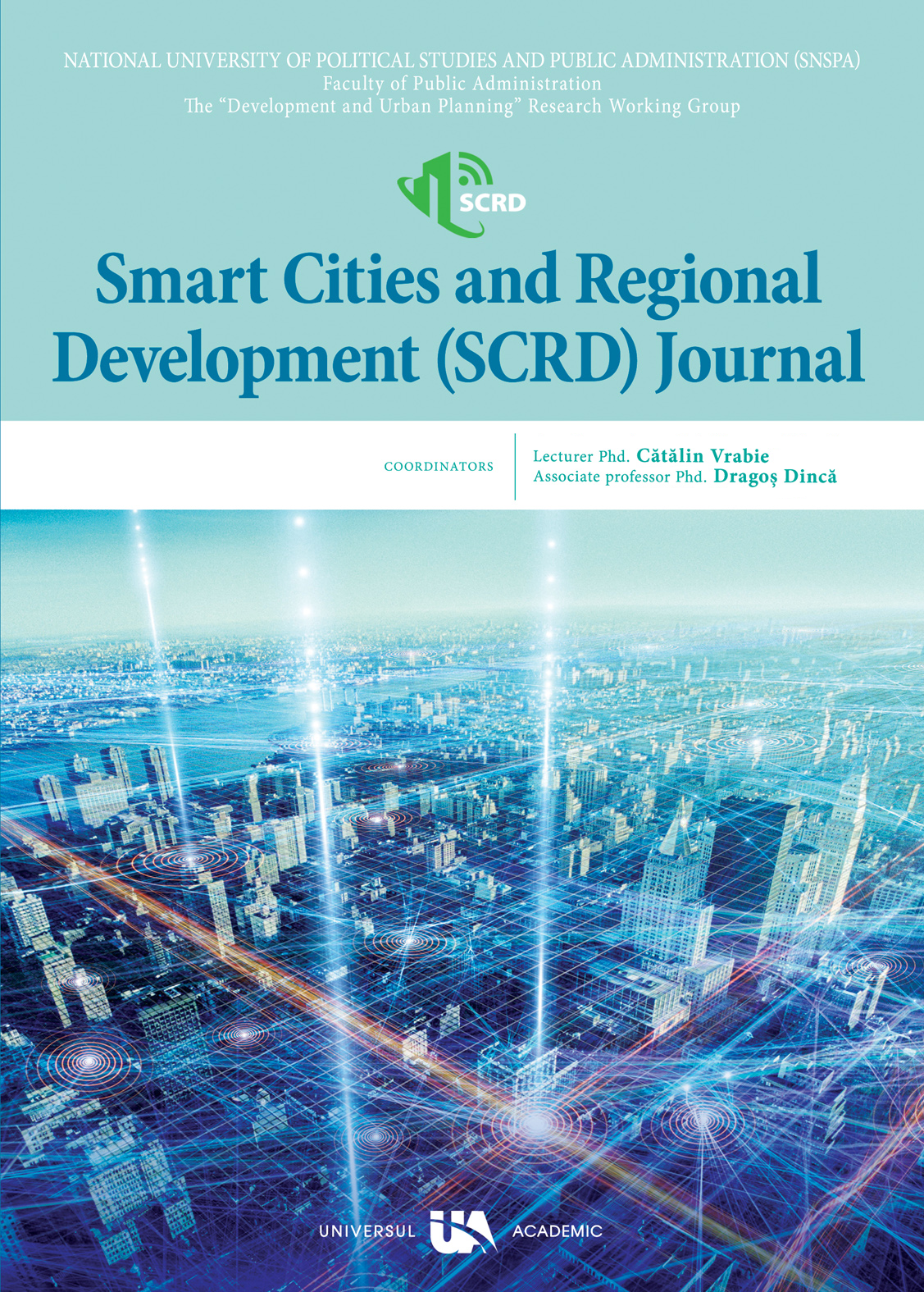Measuring feminisation of urban poverty among
domestic workers in Delhi, India
Measuring feminisation of urban poverty among
domestic workers in Delhi, India
Author(s): Sanjay CHOPRASubject(s): History, Social Sciences, Economy, Cultural history, Human Geography, Sociology, Comparative history, Gender history, Social development, Social differentiation, Family and social welfare, Demography and human biology, Rural and urban sociology, Sociology of Culture, Economic development, Environmental interactions, Human Resources in Economy, Socio-Economic Research
Published by: Editura Pro Universitaria
Keywords: deprivation; inequality; indicators; multi-dimensional poverty; sustainable development;
Summary/Abstract: Poverty affects women more forcefully causing increased proportion as well as types of deprivations, a phenomenon called feminisation of poverty. Migration of rural poor to cities causes problems of its own, more so for the women. They come to cities in a bid to escape from rural unemployment and deprivation but lead insecure lives in the cities, exemplified by the urban domestic helps. The co-existence of feminisation and urbanisation of poverty affects the women and their families, particularly children, especially the girl child, who begins to experience deprivations in all its forms from a tender age. These reduced circumstances thus perpetuate across generations of poor urban women and entrap them deep in poverty.The objectives of this study are two-fold. Scientific literature is scanned for indicators used to study feminization of poverty and the validity of these indicators in the given context is examined. Secondly, the study aims to explore the most relevant indicators through direct interaction with the target population. Existing literature on feminized poverty is replete with studies that have used household as the unit of observation. While there are strong justifications for the choice, this approach is unable to address the intra-household inequalities. This study therefore employs the individual woman domestic worker as the unit of observation. The survey method, using questionnaire is employed for collecting the primary data.
Journal: ORAȘE INTELIGENTE ȘI DEZVOLTARE REGIONALĂ
- Issue Year: IV/2020
- Issue No: 01
- Page Range: 103-124
- Page Count: 21
- Language: English

